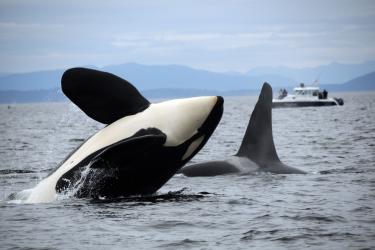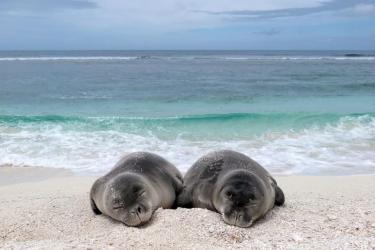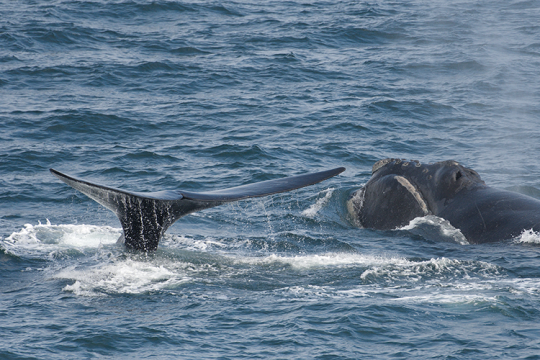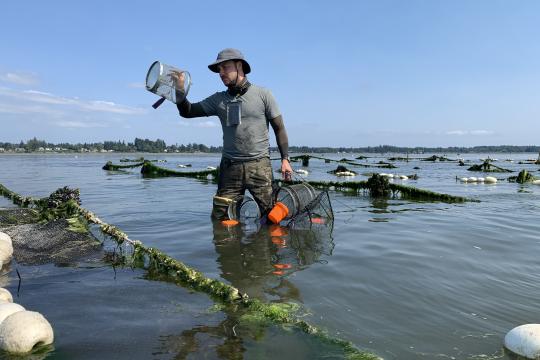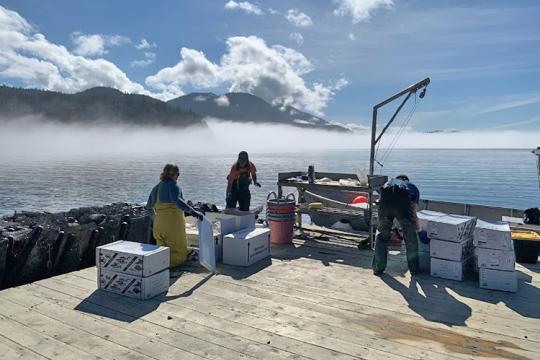Oysters are remarkable. Oysters provide many benefits to the ecosystem they live in. They are filter feeders—they clean the water as they eat. And they grow in reefs, which provide great habitat for many other species. But in many places, their population has plummeted. So we also work to restore oyster reefs. They are also a popular seafood. At NOAA, we support research and policy development to grow sustainable aquaculture in the United States. And while they're growing, aquaculture-grown oysters deliver extra benefits.
Oyster Species
Some oyster species are native to the United States, while others have been introduced to support shellfish farming.
- The Eastern oyster is the only native oyster on the East Coast of North America. It is found from the Gulf of St. Lawrence around to the Gulf of Mexico, including the Chesapeake Bay.
- The Pacific oyster, introduced from Japan, is a popular West Coast aquaculture species.
Oyster Restoration
Why Are Oyster Reefs So Special?
Oysters help clean the water, and their reefs provide important habitat.
Learn why we’re helping to restore oyster populations
What Does Restoration Look Like?
Oyster restoration involves many steps, and in large-scale operations, many partners.
This photo essay shows a few steps in the process
Research Shows Ecosystem, Economic Benefits of Restoration
We have carried out and funded research to quantify the benefits delivered by restored oyster reefs.
Learn how these projects help the ecosystem—and the economy
Oyster Aquaculture
How Does Aquaculture Work?
Oysters can be farmed to produce terrific seafood.
Farming of oysters supports jobs and sustainable seafood
How Do You Feed and Grow Baby Oysters?
Scientists at the NOAA Fisheries Milford Laboratory have pioneered many of the steps needed to grow baby oysters for aquaculture and other purposes.
Ravenna Ukeles developed methods for cultivating algae to feed oysters
A Look at Oyster Aquaculture
Oysters are farmed in several different ways.
Take a look at a few different methods that all bring this healthy, sustainable seafood to your table





